Mitsubishi Outlander PHEV: Torture Tested in the Australian Bush
Family SUVs aren’t meant to tackle rocky, dusty trails and steep climbs. But Mitsubishi Australia set out to prove the Outlander plug-in hybrid was more than a soft, suburban school tractor. Here’s what the Outlander PHEV is truly capable of…
Mitsubishi says this Outlander plug-in hybrid really is rugged ready and I have to say it really does look the part. So let's put that to the test in this exclusive AutoExpert torture test…
Let's tear this thing away from the trappings of civilization and take it way way out here to the stark beauty of the Flinders Rangers (and the endless busted ass scrub) which is much further in the outback than most Outlander plug-in hybrid owners would ever go.
It's not Dingo Piss Creek, but if I'm not mistaken, you can certainly smell it from here:
You can check out my full Mitsubishi Outlander review & buying guide here >> a detailed analysis of Outlander PHEV here >> and download the official Outlander PHEV brochure & spec sheet here >>
DISCLOSURE:
Why have we taken the Outlander PHEV into the Flinders Ranges in South Australia, when the average potential owner is never going to undertake such a driving endeavour?
It's fair to say that Mitsubishi Motors Australia had a series of intense discussions when I delivered my opinion about the outback adventure readiness of Outlander PHEV >>.
Given that it comes out of the factory with no spare tyre, to me, that is the red flag for outback adventuring, because you’ve got to have not one, but often but two spare tyres.
This report is the most dignified response to a roast that I think I've ever experienced from a car company. They said to me, words to the effect of, ‘we think the car is a lot better than that, and we want to address your concerns by equipping this car for outback adventuring - and then we want you to go and drive it on some pretty rough tracks in the Flinders Rangers’.
‘And you can tell us what you think.’ That’s the important part here, because Mitsubishi Australia has no input on what I say here, and nor did they get to see this video report before it was published.
WHAT IS OUTLANDER PHEV AND WHY DOES THIS MATTER?
It’s one thing for a car company to advertise its vehicle in an inflationary way - that’s what marketing and advertising is for. Go watch MadMen for more on this.
But it’s entirely another thing for them to take the vehicle out of marketing LaLa Land and put it into the uncharted territory of the real world, and it’s something entirely special when that world is at the extreme end of the spectrum. Now having said that, this is not what the blue singlet brigade would call proper off-roading, but it is very close.
The premise of this overlanding expedition is to prove that the underlying Outlander with its Super All-Wheel Control system could handle the rough country by getting off the bitumen, and going beyond the well-maintained gravel in-roads of most national parks, and putting a part-time battery-powered electric family SUV into hot water, so to speak.
The reason for doing this is also to prove that the Outlander PHEV can successfully be outrigged with enough accessories to actually take it into some harsh Australian bush, and come out the other side. It also means you can take solace in the fact your PHEV will be not only well-suited to driving in EV mode in the suburbs to and from work, but it can also take the family out the back of beyond.
So exactly how does this fairly advanced powertrain manage when it’s taken completely out of its native habitat? Here's the Outlander plug-in hybrid doing a bunch of stuff that most probably falls well outside the design brief. Watching the video above, I'm going to leave it to you to decide how well it's going in the context of eco-friendly family SUVs, except to say that subjectively it's a pretty stress-free driving experience below 70 km an hour.
This is an all-wheel drivetrain and it's a pretty sophisticated one. I actually think the off-road ability on offer here is serendipitous, like a happy accident.
Here’s what the managing director of Mitsubishi Australia, Shaun Westcott, said while on the road:
I'm not surprised about the YouTube report you put out because this car is built for the city, and riding in it, you can experience how quiet it is; it's got some really good features - it's a great city car…
It’s important for you, the consumer, to understand here that the big boss of a car company does not just spend a week or so hanging out with motoring journalists just for kicks. So clearly he had a point to prove with the Outlander PHEV and what it could do - and he didn’t just pay some marketing agency to make pretty pictures.
I quietly drove one across the Simpson Desert… I took a pre-production car and was pleasantly surprised…because we realised that this car, in our opinion, is capable of doing things that most people wouldn't imagine
When a typical new car buyer thinks of a family SUV that can kind of go a little bit off road, of which might be good to drive to the snow, or take camping in well-maintained, just-off-the-main-road type regional areas, you would typically think of Subaru.
Subaru is the soft-roading version of a farmer’s ute being a white Hilux - that’s the brand your mind goes to. But Mitsubishi has done something remarkable here, proving that not only are they quite capable of making a family SUV go soft-roading, they can make a plug-in hybrid do it on good quality goat tracks that a Subaru would be challenged by - even if it still does it.
So exactly how does Outlander perform in soft-roading environments?
Super All-Wheel Control is an interesting technical achievement here, because from that engineering perspective, it's a purely electric powertrain. It's one of the first times you, the consumer, has had the ability to electrically motivate/power the wheels, but at the same time have individual torque vectoring. (That’s when the computer redirects drive from a spinning wheel, or one that has low grip, and sends it to the other wheels with plenty or grip.)
And the relative ease at which the Outlander PHEV handles this kind of driving is what’s so impressive, because in four-wheel driving, the reason diesel is the preferred powertrain, generally speaking, is because you can apply gentle, progressive throttle inputs and not overwhelm the tyres with their limited grip. In an electric vehicle, there are no revs because it’s not a reciprocating engine underneath, so the power is instant.
The nature of this kind of instant-power driveline is, you’d surmise, is too much for these kinds of delicate, low-grip driving situations. But in fact, Mitsubishi has accounted for this, unlike what seems to be happening in all those Cybertruck videos online, by tailoring the throttle sensitivity and power management to these conditions.
OFF-ROAD CREDIBILITY
Let’s start with the fundamentals here, because Outlander absolutely does not belong in the same company as a Pajero Sport, Nissan Patrol or LandCruiser, and certainly any mid-range Ford Ranger, Toyota Hilux, Mitsubishi Triton or Mazda BT-50 will completely outgun it.
Outlander does not had a low-range transmission gearset designed to trudge up steep ascents and crawl delicately down the hairiest, most butt-puckering slopes carved out by an off-meds mother nature over a millennia. Instead, Outlander (including the PHEV, obviously because that’s why we’re here) has a CVT - a continuously variable transmission - that is optimised for fuel economy in suburban driving, not restraining the forward momentum of its (minimum) 1.8-tonne mass downhill.
However, it’s a very good CVT, one that has a foot in Subaru’s territory thanks to the very clever Super All-wheel Control system, which is essentially a tricked up traction control system that manages tractive effort through braking. If one wheel is detected to be spinning (due to loss of traction), the brakes are engaged to stop that spin and redirect drive to the other wheels with traction. You can see this in effect here:
Obviously, in order to perform this kind of driving on a regular basis, the Outlander’s driveline would need to be purpose-built. But it is not going to be sufficiently beefy enough to handle this in a routine, sustained manner where wear and tear would increase drastically in the way a Pajero Sport would do it without breaking a sweat.
it simulates what you would get with a low-range transfer case in a proper four-wheel drive, which is, trying to give you a lot more torque with much less wheel speed
-Tim Clark, Mitsubishi Australia
Tim Clark is Mitsubishi Australia’s head of alternative powertrains, he’s their Yoda, he’s also an engineer, so he lives and breathes this stuff. Mr Clark is also quite right:
the beauty of this electric powertrain in this sort of driving condition is you've got 100 per cent torque from standstill
And in this environment, it’s what makes the Outlander PHEV so much more efficient than an internal combustion vehicle which needs revs to start producing that torque. Hence when we talk about diesel engines, particularly in harder driving conditions like towing or off-roading, we want as much low-RPM power as possible, because that’s what we want and where the torque is found. But in a combustion 4WD, you need a whole other transmission to get that torque without the wheel speed.
A Pajero Sport, for example, has that low-range transfer case that can, essentially, drip-feed power to each wheel independently, in a much more gradual manner. That’s what the low-range transmission does; it reduces how much power is going to the wheels, to minimise overwhelming the tyres and their ability to grip whatever they’re touching. To understand more deeply this process of how tyres grip the road, click here >>
But the kind of driving Outlander can do, is quite remarkable against the set of medium SUVs all trying to convince consumers they’re some rock crawler dressed in a dinner jacket - which they absolutely are not. A Mazda CX-5, Hyundai Tucson, Kia Sportage, Toyota RAV4, Volkswagen Tiguan, MG HS, the Nissan X-Trail, or a Honda CR-V cannot do what the Outlander is doing in most of this video. But they all can drive down well-maintained gravel and hard dirt roads, that’s a fact.
What we’re doing in this test is that next step beyond winery and farm driveways, but before getting to the point where a Pajero Sport needs to engage 4L.
And one of my primary concerns with the purported rugged readiness with Outlander PHEV is the lack of full-size spare tyre, and the lack of anywhere to retroactively fit one under the boot floor. This reason for this is completely justified, due to the vehicle’s packaging restraints with being a very good, fully functional plug-in hybrid, because obviously the rear traction motor, inverter and all of that electrical and battery related plumbing has to go somewhere.
Outlander’s rear loadspace is already walking a delicate balance between being big and practical enough while also compromising cubic-inches of space in order to facilitate its powertrain. So for this test, and so that Mitsubishi Australia could practically demonstrate the vehicle’s ability to carry two spares, not only was a roof rack fitted to carry both fuel and recovery tracks in addition to the first full-size spare, the luggage space also received a cargo barrier in addition to that second spare, strapped down to mitigate its ability to become a ballistic projectile in the event of a rapid deceleration event (AKA crash).
Here’s how that looked in reality:
Other essential equipment you need to take into these remote environments and on adventures such as this include:
a fire extinguisher
a spade or shovel (because digging goes a long way in off-road recovery)
spare fuel (which should always be carried on the roof)
recovery tracks (last resort, not a guarantee of success)
a jack that supersedes the very basic and limited-capability supplied scissor jack
an air compressor (off-road suitable) is a must-have
a tyre gauge to measure your pressures in the event you choose to drop them to provide better grip in these adverse conditions
However, just be aware that the Outlander PHEV (and it’s combustion-only counterpart version) runs on 20-inch wheels and tyres. So the potential gain of lowering pressures here is minimal because there is not much tyre sidewall to play with, and it’s always a good rule of thumb to avoid lowering tyre pressures unless strictly necessary because of several factors. (Sidenote: Outlander PHEV ES variant has 18-inch wheels and tyres which are much better suited to harsher driving conditions like you see here in the Flinders Ranges; they go back up to 20s on Aspire and higher grades).
If your inflation equipment fails, reinflating tyres is virtually impossible and therefore you run the risk of driving on underinflated tyres on improved roads where the sidewall becomes even more prone to damage. If you’re driving in conditions with an Outlander PHEV that require dropping pressures, this is possibly a sign you’re getting out of your depth and potentially pushing this vehicle beyond what it’s able to tolerate.
Having a fire extinguisher at the ready is arguably as important as having a spare wheel. It’s less about the risk factor and more about the high consequence nature of a fire starting in or around the vehicle, especially when travelling to the literal tinderbox Australian bush. Not only can you stop any small fires that may be accidentally started related to the vehicle itself, but it means any dropped cigarette butts, or hot oil, or built-up grass underneath the vehicle, or a miscreant campfire ember - which have the potential to turn quickly into a deadly bushfire - can be swiftly extinguished before something far more terrifying takes hold.
Basic tools like a wheel brace, good quality rated ratchet straps to restrain loads, and appropriate footwear are all essentials and all contributes to not only lowering risk, but also improve your capabilities to help yourself (or others) in harsh, remote and potentially life-threatening environments.
It goes without saying that ample supplies of food and water, not just for the days worth of travelling but for emergency supply (that do not get consumed during regular programming) are of life-saving import. Same goes with first aid.
Puncture repair is also a very good idea in environments like there where sharp rocks can punch a nice big hole in your tyres. Now, in ES Outlander (incl PHEV) it’s running on 18-inch rims, which means you have a bigger sidewall that’s vulnerable to puncture, but the tyre itself is much more durable in the context of deflating to maximise grip. And 18-inch tyres are much easier to find stocked in regional area tyre shops than 20s.
Check out my comprehensive Essential Guide to 4WD basics, equipment & tyres >> Don’t worry, it’s catered to novice off-roaders, which probably includes you in your Mitsubishi Outlander (including PHEV).
DON’T JUST ADD WATER
The wading depth on an internal combustion-only Outlander is unknown, for a very good reason. You absolutely should not go anywhere near bodies of water beyond what you might describe as a puddle. Same for the PHEV
That’s not because Outlander can’t go near water, it definitely can, but even allowing you to derive some notion that it can wade through anything over the height of the underbody is something Mitsubishi Australia would like to avoid. You cannot go crossing rivers and creeks in this vehicle, but anything up to the mudflaps should be fine.
There’s exactly 210mm of ground clearance on an Outlander Exceed and 203mm on the PHEV Exceed Tourer; in an official capacity and without knowing exactly the height of the various vital organs on these vehicles (including the primary air intake), you should use these measurements as a conservative guide as to just where the aquatic limits lie.
Big puddles, standing water and fixed low-level creek crossings are all going to be quite okay, just as they are for every other midsize SUV, but that’s about where the waterline is on Outlander PHEV. Use the mudflaps as a guide. And don’t get any ideas about fitting a snorkel: bad idea >>
WEIGHTING GAME: Payload, kerb weight & handling
In its heaviest possible combination, an Outlander PHEV Exceed Tourer bends the scales at 2.145 tonnes. That’s 2145kg with a full tank of 91 RON fuel. The combustion-only Exceed Tourer is 385kg lighter at 1760kg.
Just to put this into perspective, a Pajero Sport GSR (the one with all the black bits) weighs 2200kg - it’s a 2.2-tonne diesel 4WD with heavy-duty off-road driveline and transmission designed for 800mm of wading, deep muddy ruts, aggressive rocky climbs and soft sand. You can see, feel and hear where the money has been spent to develop such a vehicle in the same way you cannot see the same things in the Outlander PHEV, but you can observe where the compromises are.
While the Outlander PHEV doesn’t have that more durable and more articulate suspension, it has a supremely more comfortable ride on-road. Not only is the PHEV impressive in what it can do considering its mass, the ability to be as good to drive before you get to the rougher stuff out here in the Flinders Ranges is what makes it a very good compromise.
Comparatively, a Pajero Sport feels very ordinary to drive on sealed roads, around town and in traffic. It handles basic mountain roads with less refinement than the Outlander which has suspension and steering tailored to what the Pajero Sport has been left compromised on. This is the engineer’s fundamental process when tuning a vehicle >>
The softer you make it, the better it is on-road. The harder you make it, the better it is off-road. If you make it handle great on-road, it suffers off it. If it’s a weapon off-road, it’s harsh on sealed roads. That’s how this works.
The heavier the vehicle, the harder the powertrain has to work to overcome the terrain. The more equipment you add, the heavier the vehicle becomes. As you add the cargo barrier, roof racks, the two spare wheels, the extinguisher, fuel and water, you’re going to eat into the available payload.
On Outlander PHEV, the Aspire version is an aspirational mid-grade variant and it’s almost the lightest at 2050kg (kerb), so the payload is second highest of the plug-ins at 542kg, with a gross vehicle mass of 2650kg. If each 20-inch wheel is 30kg, two equals 60kg, the cargo barrier weighs about 10kg (70kg net), the Rola Titan roof tray weighs about 20kg (90kg net) and the crossrails themselves about 5kg, the fire extinguisher at 5kg (100kg net), 20 litres of fuel is about 15kg (115kg net), 20 litres of water is about 20kg (135kg net), and let’s say 15kg for a half-decent bottle jack and 5kg for tools.
All up here, we’ve added 150kg to the second-lightest Outlander PHEV, making it now 2200kg, and leaving roughly 387kg of remaining payload capacity - before hitting the GVM ceiling >>.
So, how much do you and your family weigh? Because they factor in here, too, and so does all their stuff. The camp stove (4kg), the five-man tent (35kg), their luggage (10kg x 2 kids = 20kg + 15kg for your Other Half = 35kg), and their accoutrement: total about 75kg. Now you’re down to 317kg of remaining payload.
Now, people are payload. Therefore, if you weigh 90kg, let’s say, and your other half comes in at 80kg (170kg net), the kids might weight 30kg and 50kg respectively - that’s 250kg net - and just 67kg of remaining payload on your Outlander PHEV Aspire. That’s a tight margin without having packed any food yet.
If you went for the PHEV ES, the base model with 630kg of payload capacity, you’ll gain an additional 88kg of payload, meaning that 67kg of remaining payload limit we just worked out with Aspire goes up to 155kg.
What’s quite awesome about even an Outlander PHEV ES variant at this point is you still get the same powertrain performance as the fully-loaded Exceed versions which are an additional $15-20K, but you get more payload, a lighter vehicle and you get the Super All-Wheel Control transmission. That’s pretty good, especially because once you get home from the long weekend, hose off all the dust and unpack, you can stick it on charge and be ready for electric only school drop-off on Monday morning.
Another genuine option here in regard to weight, is to opt for a light 6x4 trailer to carry some of the burden of such an adventure. But as with all good things, there is a limit here too. Happily, they’re pretty reasonable limits.
Braked towing capacity on Outlander PHEV in all trim levels is 1600kg, with a towball download limit of 160kg - meaning if you take a bunch of stuff out of the vehicle and put it in a trailer, you’re only burdening the towbar with 10 per cent. Why? Because typical pig-type trailers (learn more here >>) place 90 per cent of the load onto the road via its axles and tyres, and only 10 per cent onto the vehicle.
Even if the trailer is only carrying the dirty, non perishable things like fuel, (tools: spade, jack, wheelbrace etc), the tent, the second spare, fire extinguisher and emergency water, that’s a good 50-100kg of weight removed from the primary vehicle.
I'll help you save thousands on a new Mitsubishi Outlander (incl. PHEV) here
Just fill in this form. No more car dealership rip-offs. Greater transparency. Less stress.
OUTLANDER VERSUS OUTBACK
Subaru has its X-Mode and symmetrical all-wheel drive system, while Mitsubishi has Super All-Wheel Control (SAWC) and doesn’t this rivalry hark back to a golden era of rallying. WRX versus Lancer Evo and so on…
These days it’s all about SUVs and their very limited abilities in harsh driving conditions, as both Subaru and Mitsubishi try to engineer their vehicles out of the school-run mediocrity the Outback and Outlander have been handcuffed to. So which is the best vehicle to put your money on? Well that depends on you.
Exactly how hard to you intend to push this prospective new Subie or Mitsi? Reason for asking is because you could be barking up the wrong tree if you intend to do more than what’s being depicted in this report. This torture test is not an endorsement for you to find the Outlander PHEV’s limits, but it is a demonstration of what it can survive.
In the US market, an Outback Wilderness version has been around for about a year now, with slightly chunkier tyres, a more aggressive two-stage X-Mode, extra ground clearance and a light-duty bash protection plate underneath the vehicle to protect the sump and CVT. This gnarlier version of Outback is not available in Australia (yet) but it does indicate the kind of driving Subaru suggests could be possible in an ordinary XT or atmo Outback.
Check out my detailed Subaru Outback buyer’s guide for real consumers here >>
X-Mode dulls the throttle to simulate the effect of a low-range transfer case on reducing effectiveness of pushing the accelerator via reduced gearing. It also deactivates the traction control function which blocks throttle inputs in the event of traction loss (such as TC is designed to do during extreme cornering like swerving).
Certainly a change to all-terrain tyres >>, instead of the standard highway tyres on any normal Outback, is going to substantially improve its soft-roading capabilities - which you should consider doing if dirt roads and grassy campgrounds are going to be your thing.
The additional ground clearance is good in Outback, at 213mm on the heaviest spec, the Touring XT, making it one of the best choices for this kind of adventurous, remote travel. The Outlander varies between 199mm in the PHEV ES to 210mm maximum in the combustion-only Exceed.
The good thing is there’s an enormously vast area of Australia you can visit in a standard Outback with all-terrain tyres and the standard X-Mode as a concealed back-up. The same sentiment does extend to Outlander, and particularly the PHEV, with I think it’s fair to say, some limitations.
Outback runs on 18-inch standard tyres anyway, and gets a full-size spare wheel mounted under the boot floor, which makes it already substantially better equipped off the showroom floor than an Outlander with its temporary spare, let alone a PHEV with nothing but a bottle of slime.
But the Mitsubishi SAWC system is arguably better than the Subaru X-Mode, because its pre-programmed terrain settings give you greater precision about the kind of surface you’re on. You can switch between ‘Power mode’ (draws on the PHEV battery for improved acceleration when overtaking), ‘Normal mode’ (mediocre performance for daily suburban driving), ‘Eco mode’ (dulled throttle response and earlier gearchanges for economy), and ‘Tarmac mode’ (meaning more sensitive throttle response and . It’s a bit more sophisticated than X-Mode, but there is a good case for simplicity in X-Mode which does either ‘Snow/Dirt’ or ‘Deep Snow/Mud’.
Outback gets built-in roof racks which is a step further off the suburban map than Outlander, metaphorically. And the wheelbase 41mm longer on an Outback, meaning there’s a fraction more legroom.
Obviously the Subaru in XT variants get the blistering WRX-derived 2.4 turbocharged Boxer engine that offers 183 peak kilowatts, with the powerband kicking in at just 2000 revs - that’s only relevant on the open road however, because soft-roading isn’t just about max power. It’s about progressive throttle, the gentle application of power and good driving skills, all of which can be accomplished with the Outlander’s naturally aspirated 2.4-litre petrol four-cylinder.
But the PHEV is something else again, even against the powerhouse turbo Boxer, because being able to run the Outlander in electric-only mode is a serious win for efficiency, smoothness and gradual power demands. You don’t want surges of grunt from a spooling up turbo. In off-roading, a temperate throttle is what you want, gently fettered - minimising the potential for overwhelming the tyres and their limited grip.
The key difference in driving the Outlander PHEV in these light- to medium-duty soft-roading conditions compared to the Outback is quite stark. The PHEV is going to be in EV mode with quite, smooth immediately available torque, and the Subaru is going to be revving its head off as the CVT tries to give you peak power and keep you in that optimal zone.
An Outback might have a less complicated viscous clutch with a propshaft sending drive to all four wheels, making a bunch of growling Boxer engine-related noises at the same time which might excite you, but the Outlander PHEV is doing it in a much more subdued, calm manner that I think is a greater triumph of engineering overall here.
DRIVING TECH: HOW PLUG-IN HYBRID WORKS off-road
Getting into this car for the first time and really trying to drill down into the complexity of the drive system is quite confronting, especially if you're doing it while rocketing through the scenery at like 28 metres a second (100km/h).
There's a lot of information, but once you become a little bit familiar with it, the PHEV is actually really easy to use, either to switch the modes from EV-only to save fuel, or charge mode and so on.
I would urge you, if you do pick up a car like this, is to get familiar with that wealth of data coming at you, because it's a little bit like changing from Android to iOS or vise versa. It’s something you do need to put in a fair amount of effort into just to understand with the differences. The better that you’ll be able to drive it like a pro, rather than just sit here and let it do everything for you.
I don't know if you feel that way about technology, but I always feel like it's kind of better if I'm in charge and guaranteed, 15 minutes of intense playing around with the buttons - while you're not driving - and you'll be playing it like Serena Williams.
If you do manage to take the plug-in Outlander off-road challenge, just be aware that you're going to get into some situations where the wheel travel is not going to be enough to keep all the tyres on the deck at the same time. So the odd wheel is going to get airborne and then the Super All-Wheel Control system is going to have a big think, and that's going to take what initially seems like an eternity, particularly if you're under pressure. (That’s how stress works: you feel like something that takes two seconds actually feels like it takes 10 minutes.)
If you've never been four-wheel driving before and you get in this situation, what happens is you kind of stall on the grid (not literally; just metaphorically), the car rocks diagonally typically because for instance the front-right and the back-left wheels are in the air. So it rocking over this diagonal axis and the Super All-Wheel Control system is going think, it’ll figure out it needs to push the drive this way and that way, and your job at this point is to do nothing. Just leave your foot where it is, with a moderate throttle input and just wait for the system to figure it out.
When the drive shunts, you often just find that you've done nothing, the car's been stationary for about two seconds, the drive is changed because it's being sent to the wheels where there's traction, and the car just effortlessly proceeds through the obstacle where five seconds ago it felt like it wasn't going to make it. It takes a while to figure out the weakest link in the system - which could be you (it could certainly be me) - but just be patient and don’t go in all guns blazing.
If you're hazy about just how plug-in hybrids work you are certainly not alone. You'll hear terms like ‘series’ and ‘parallel’ bandied about, so let’s try to demystify that.
Series mode is where everything operates in a straight line. From the engine to the wheels, the combustion engine drives the electrical system, which drives the wheels.
Parallel mode is where the electrical system drives the wheels, but so does the combustion engine, in parallel.
In series hybrid mode in the Outlander and Eclipse Cross plug-in hybrid if your battery state of charge gets to the point where it can no longer support pure battery electric driving, series hybrid mode will activate automatically.
Typically that changeover happens when you reach 15 per cent state of charge, meaning there's a reserve kept within the battery to keep everything running. When that series mode kicks in, it’s at its most efficient, which is low speeds. The unique thing with the Outlander PHEV is that below 70km/h, only the electric motors can drive the wheels either in battery electric-only mode or in series hybrid mode.
Check out the full technical deep-dive interview with Tim Clarke for more:
Download the PODCAST for this report here
No payment of any kind was exchanged for this report and all costs were exclusively borne by Mitsubishi Australia.


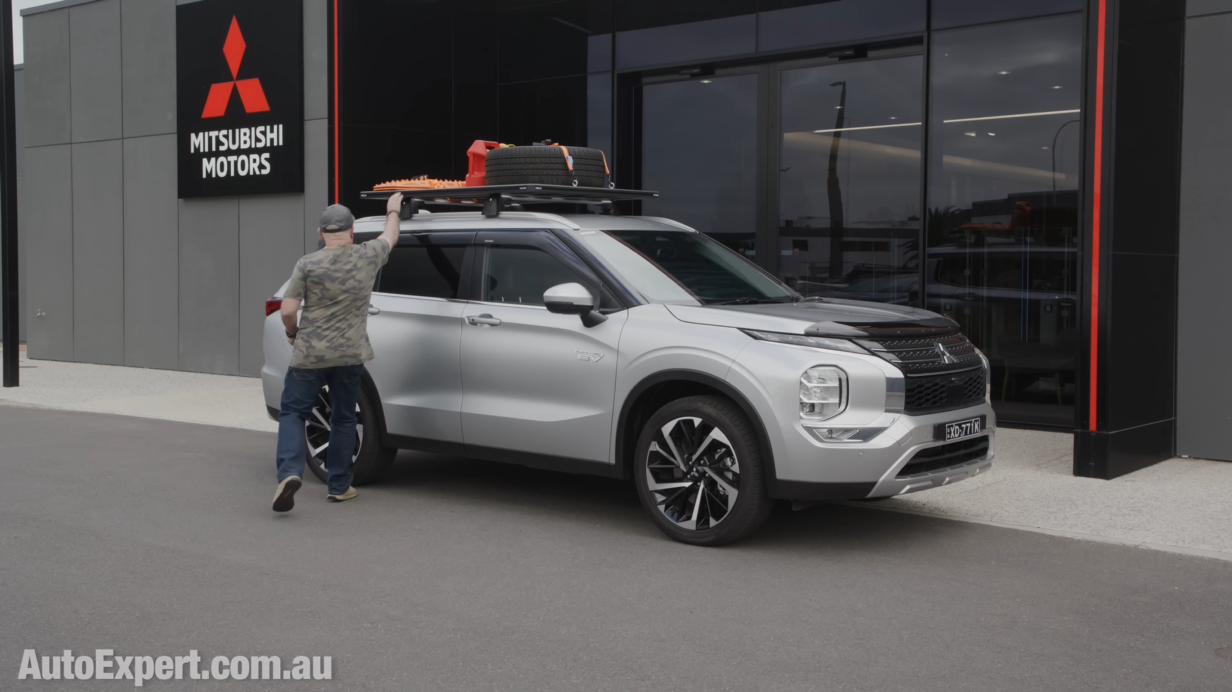
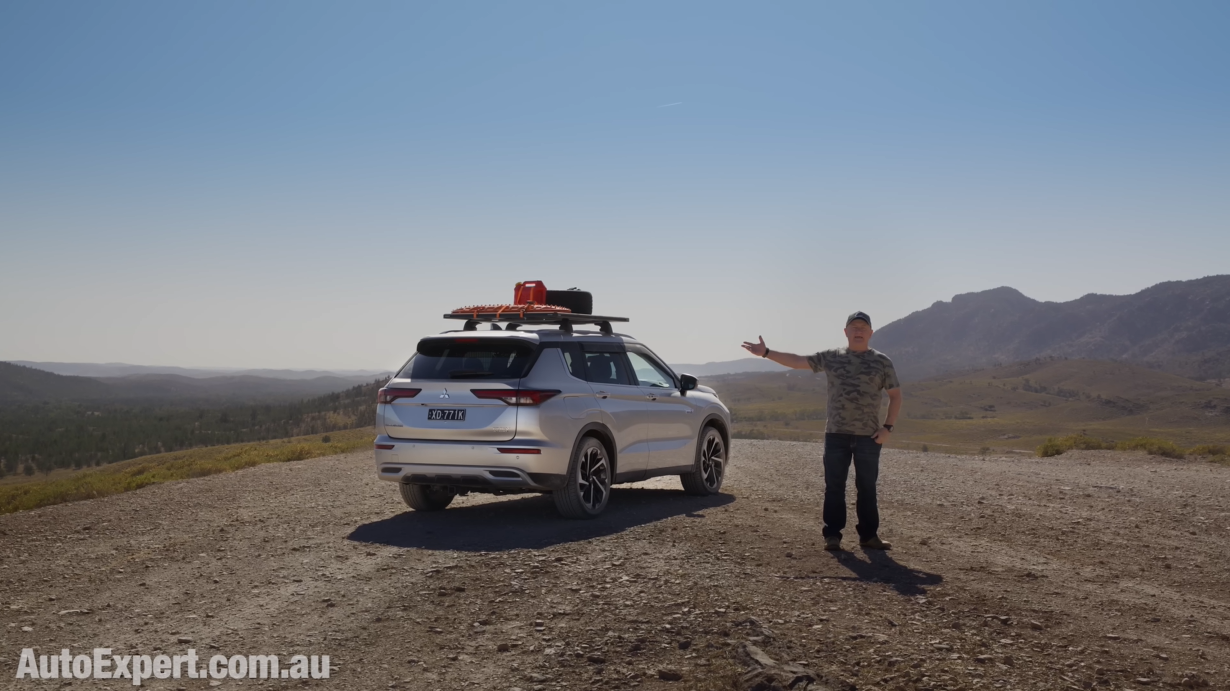

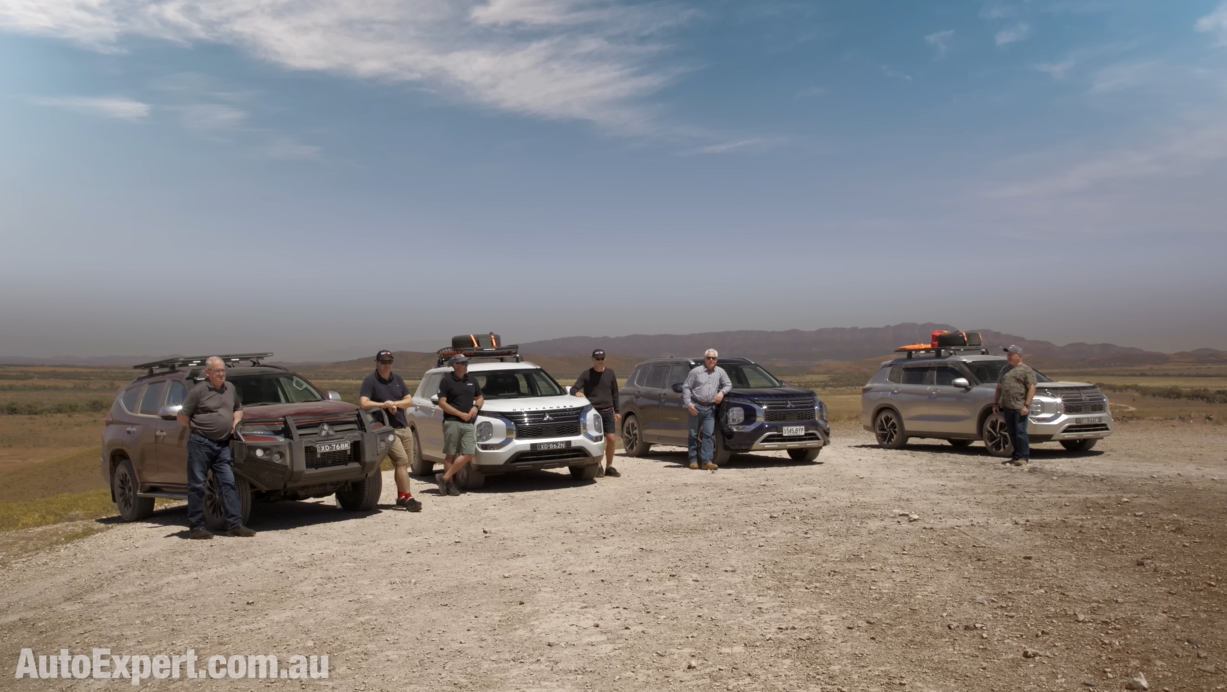
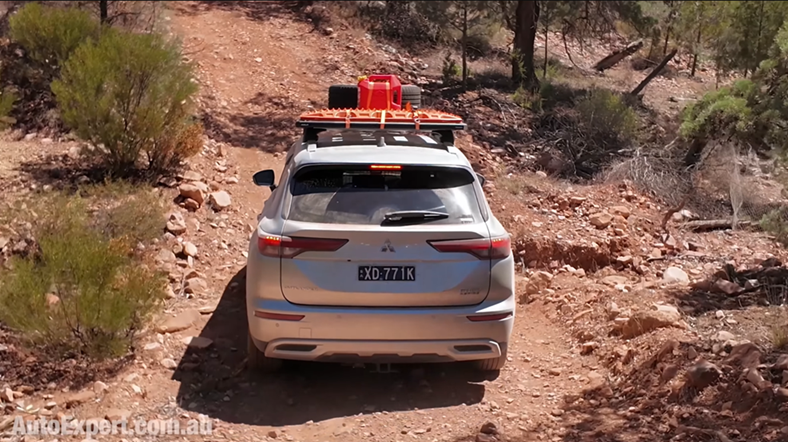
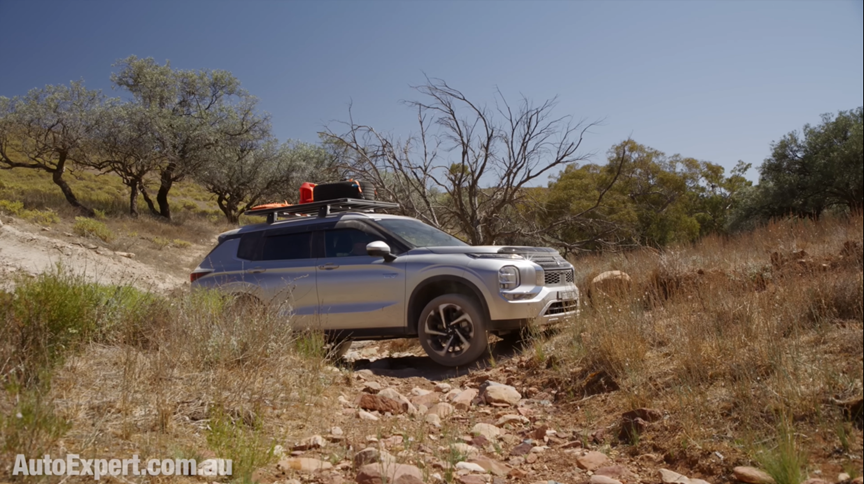
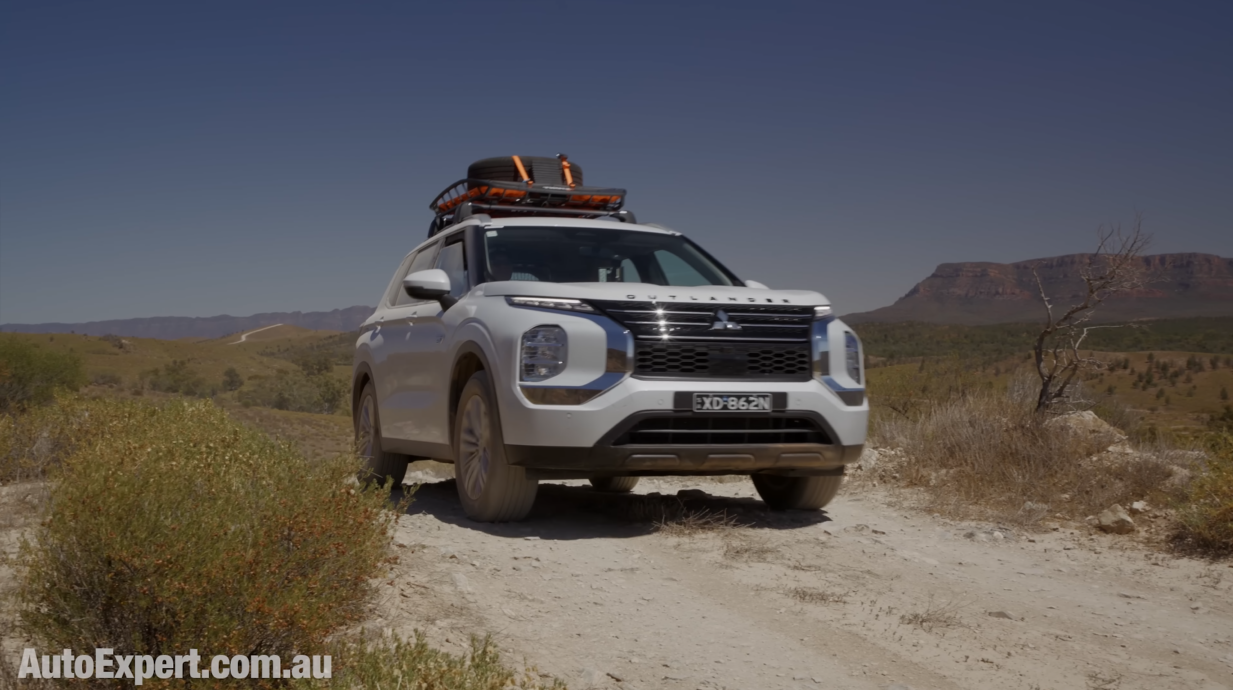

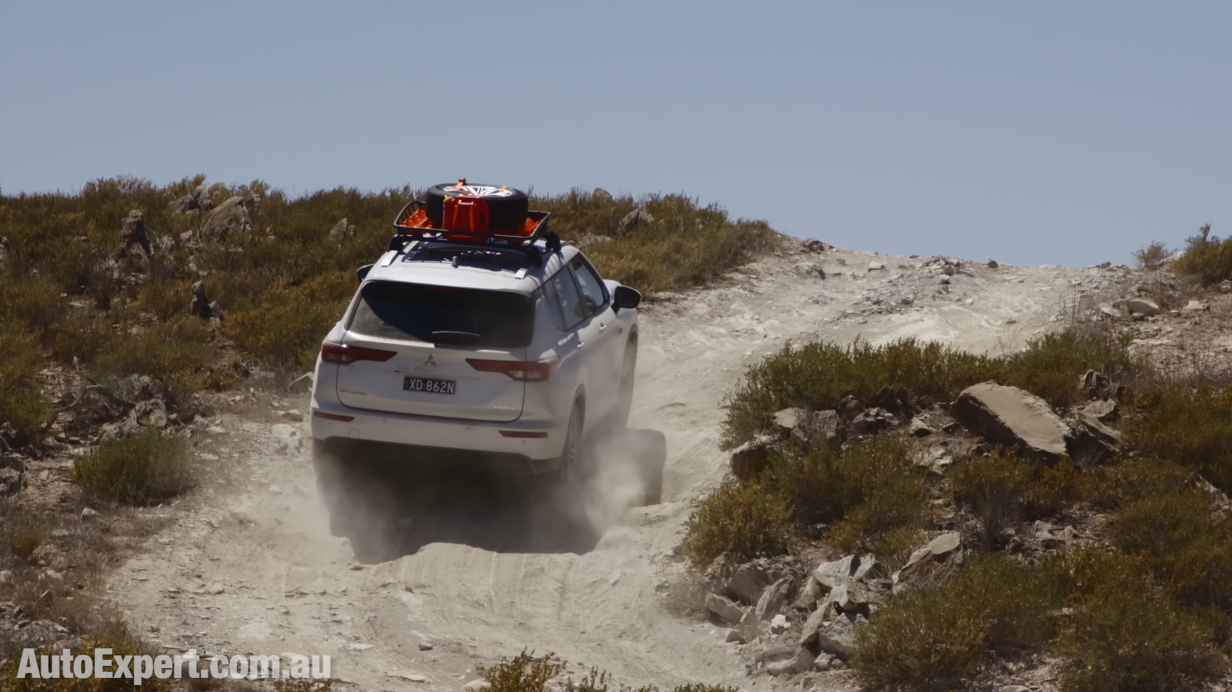
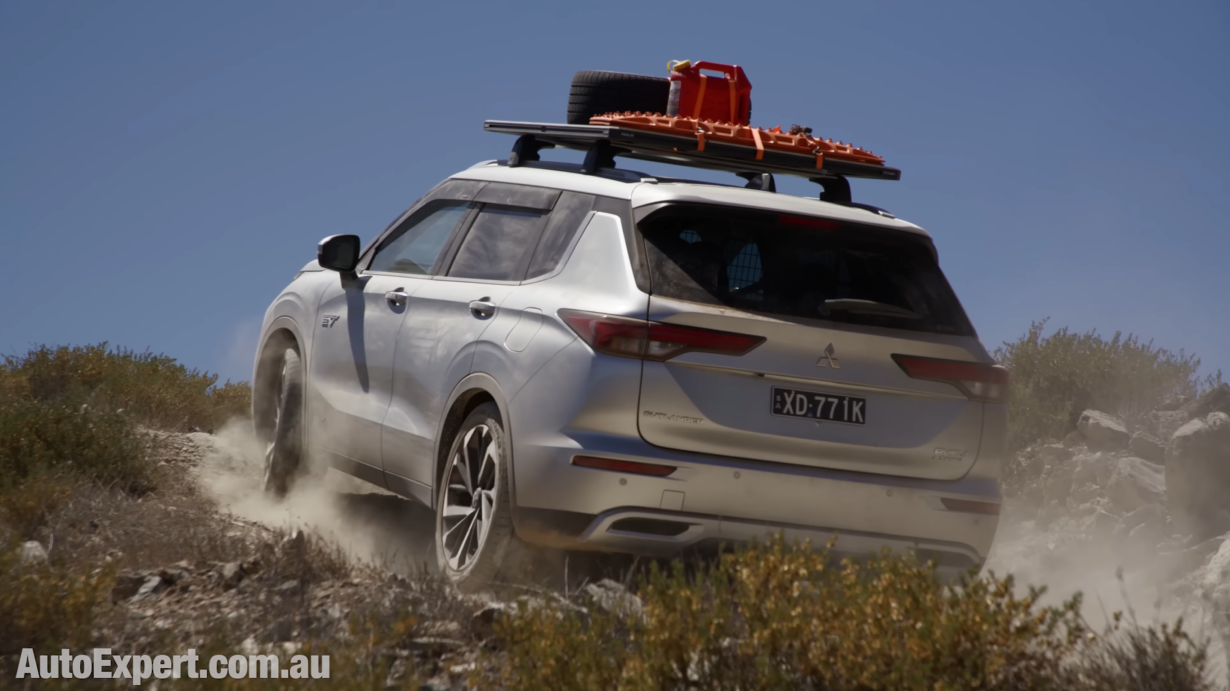
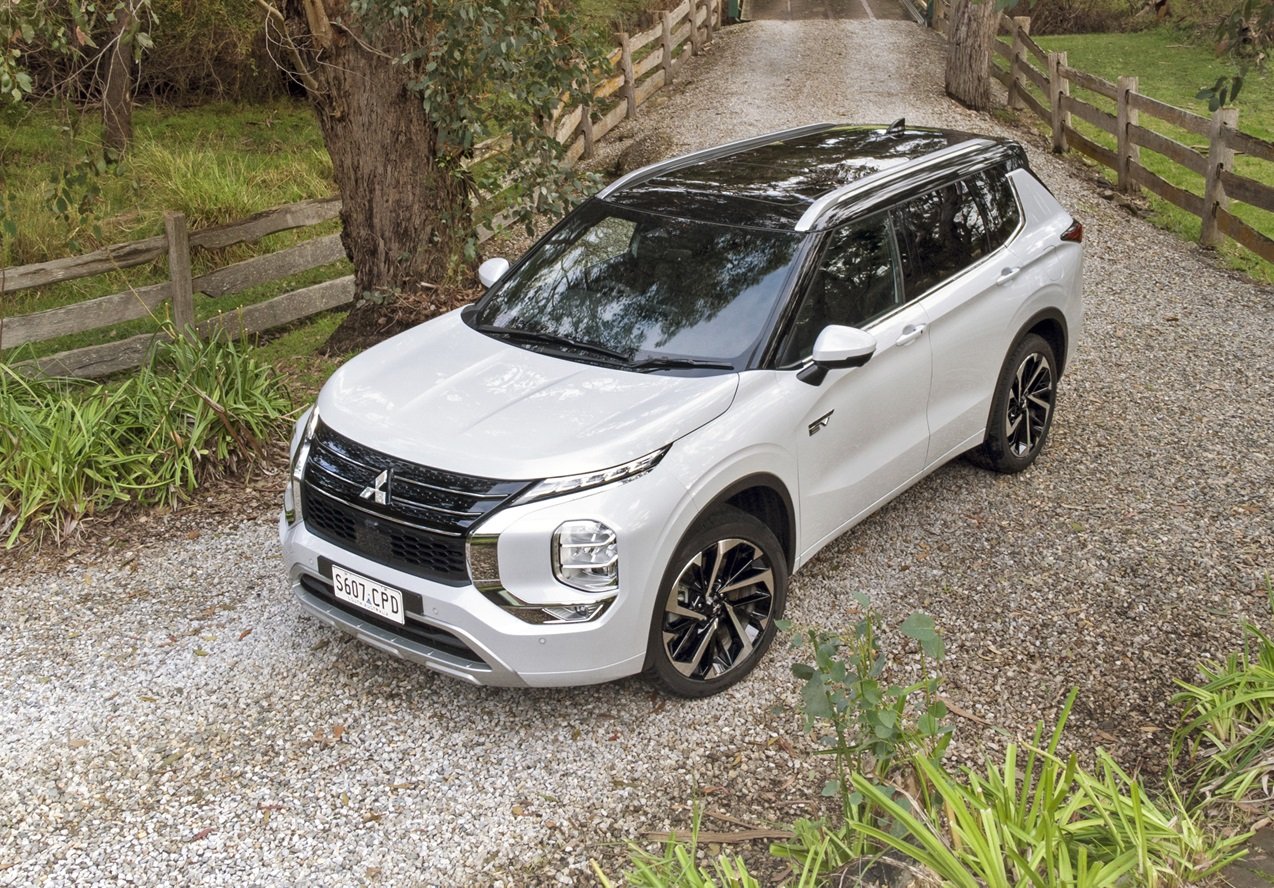
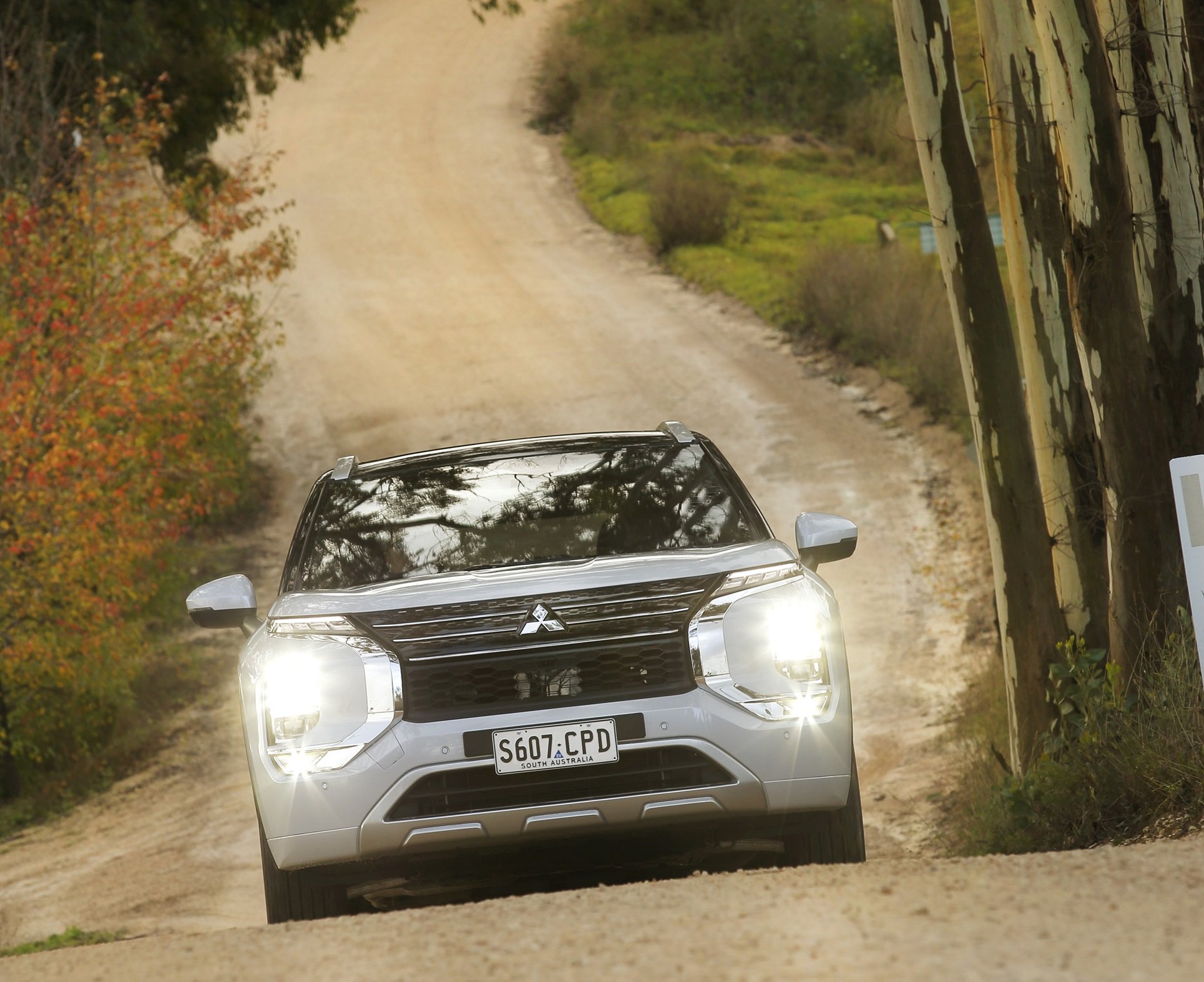
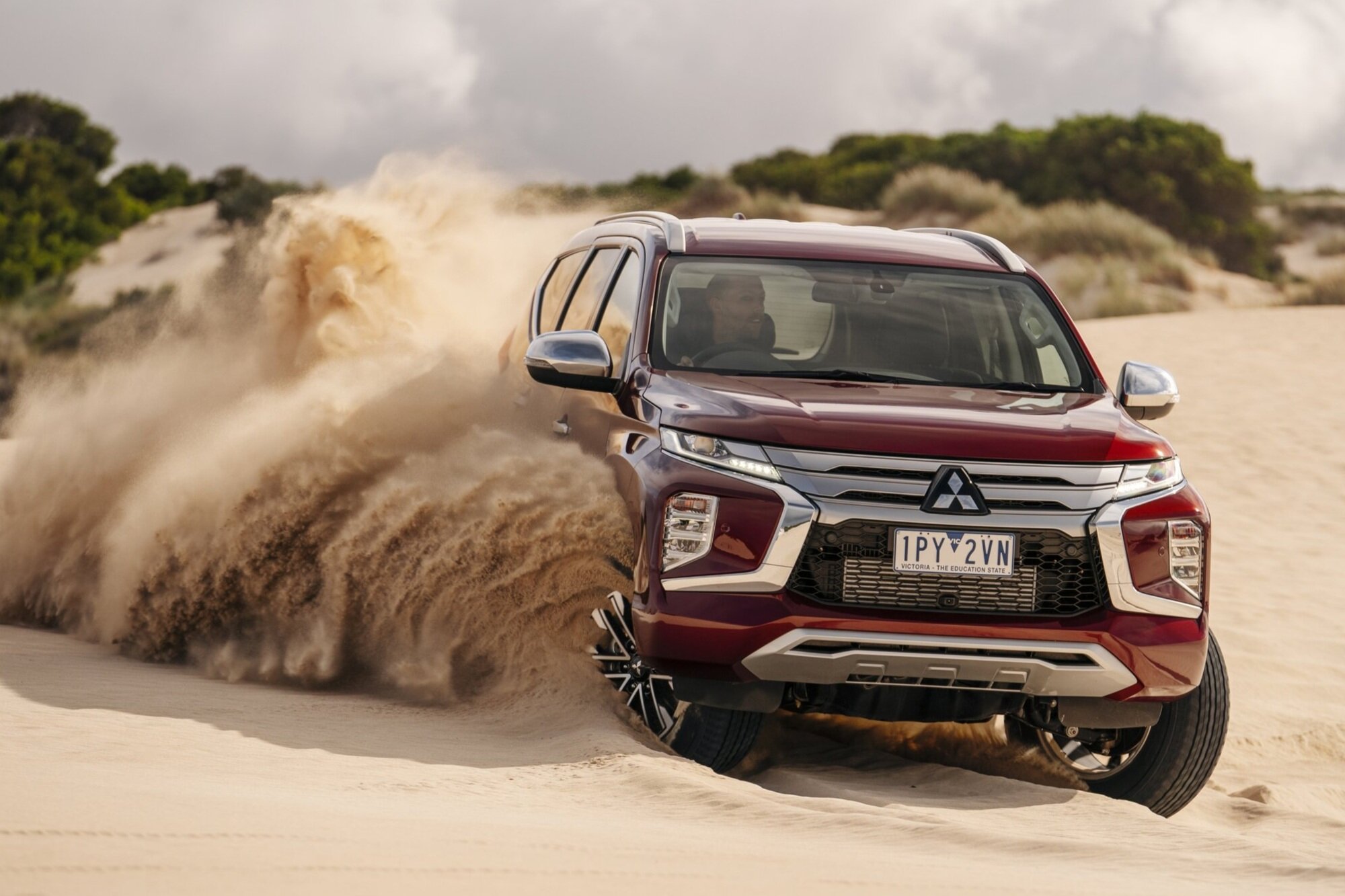
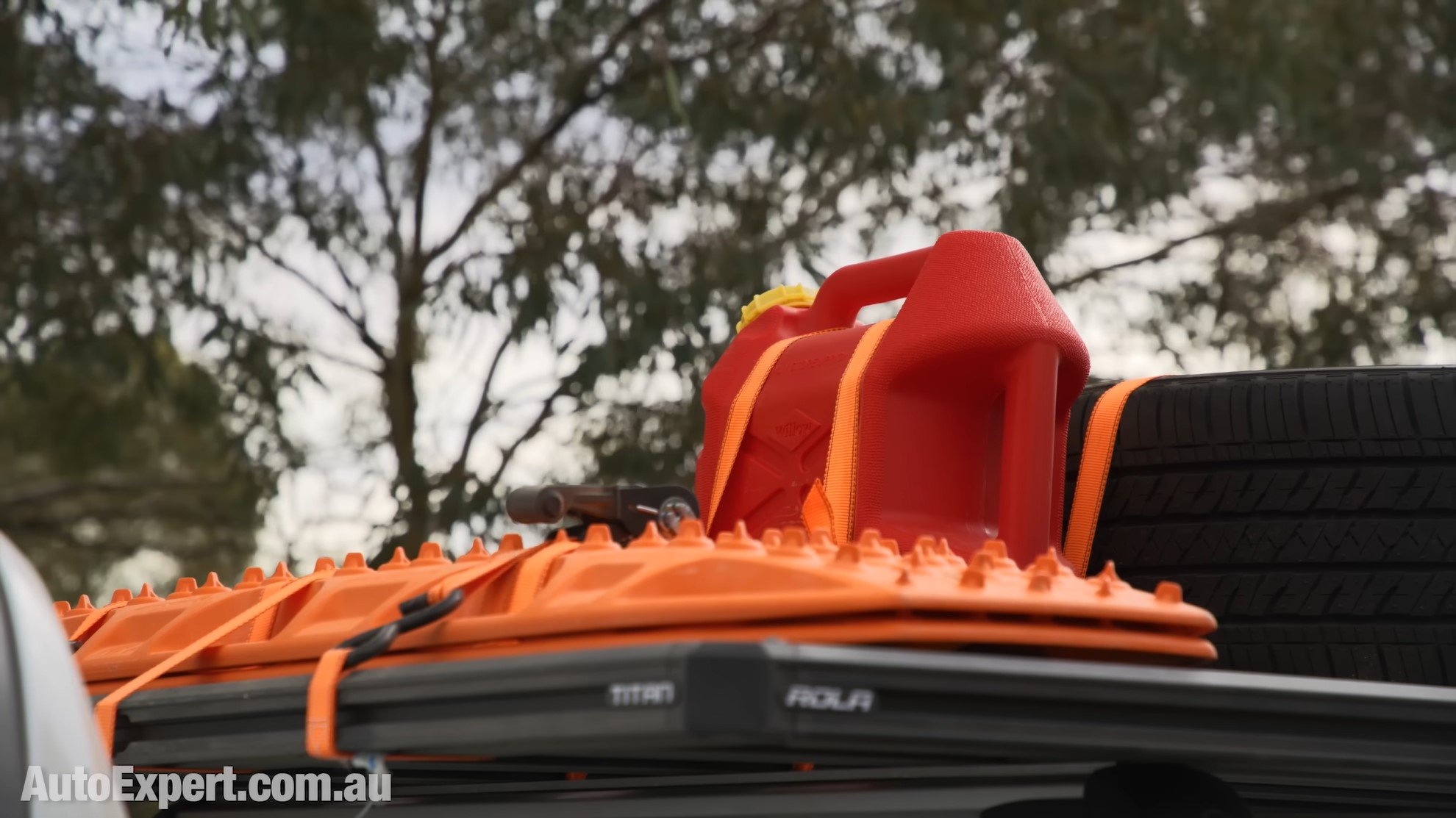
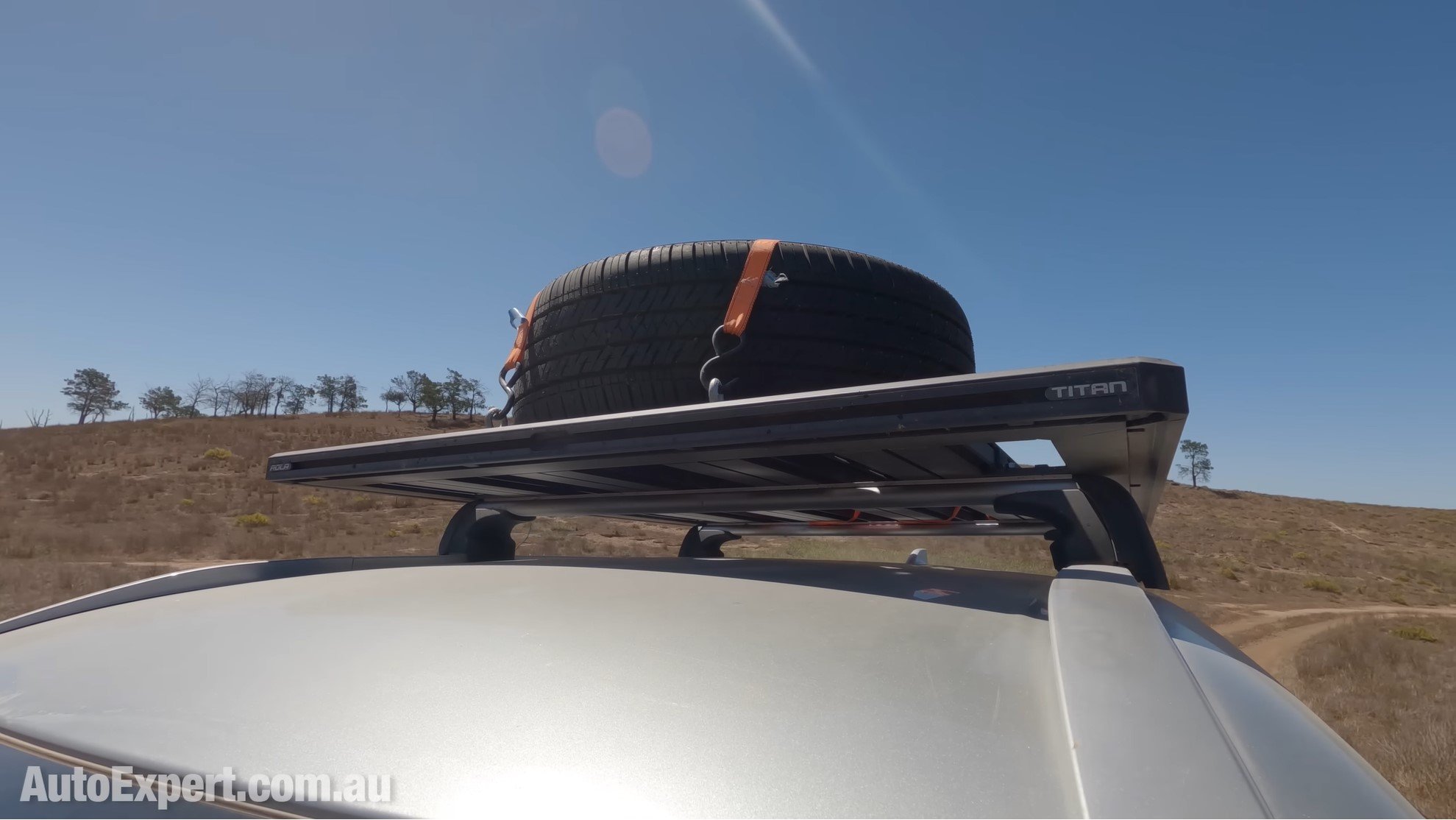
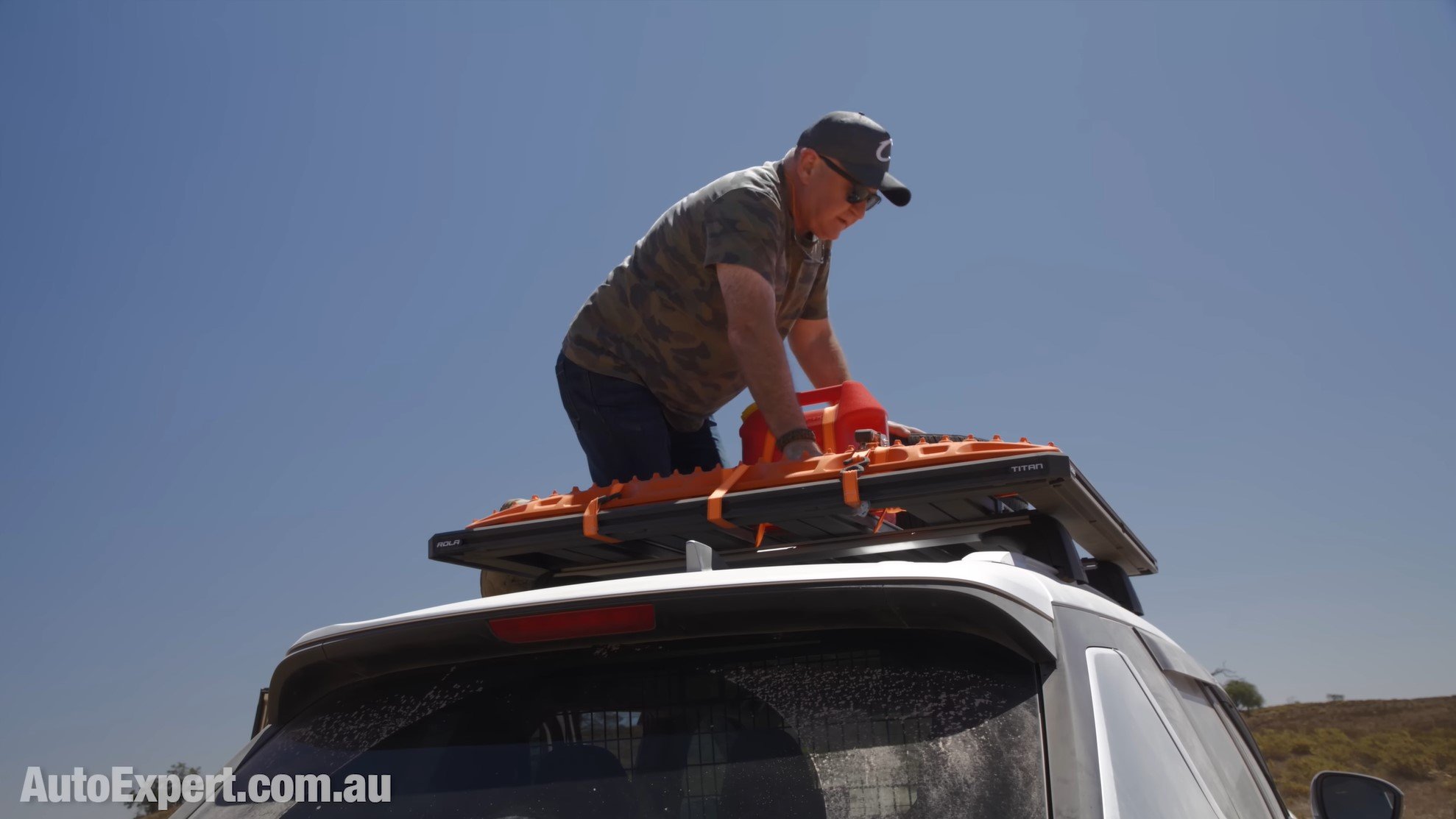
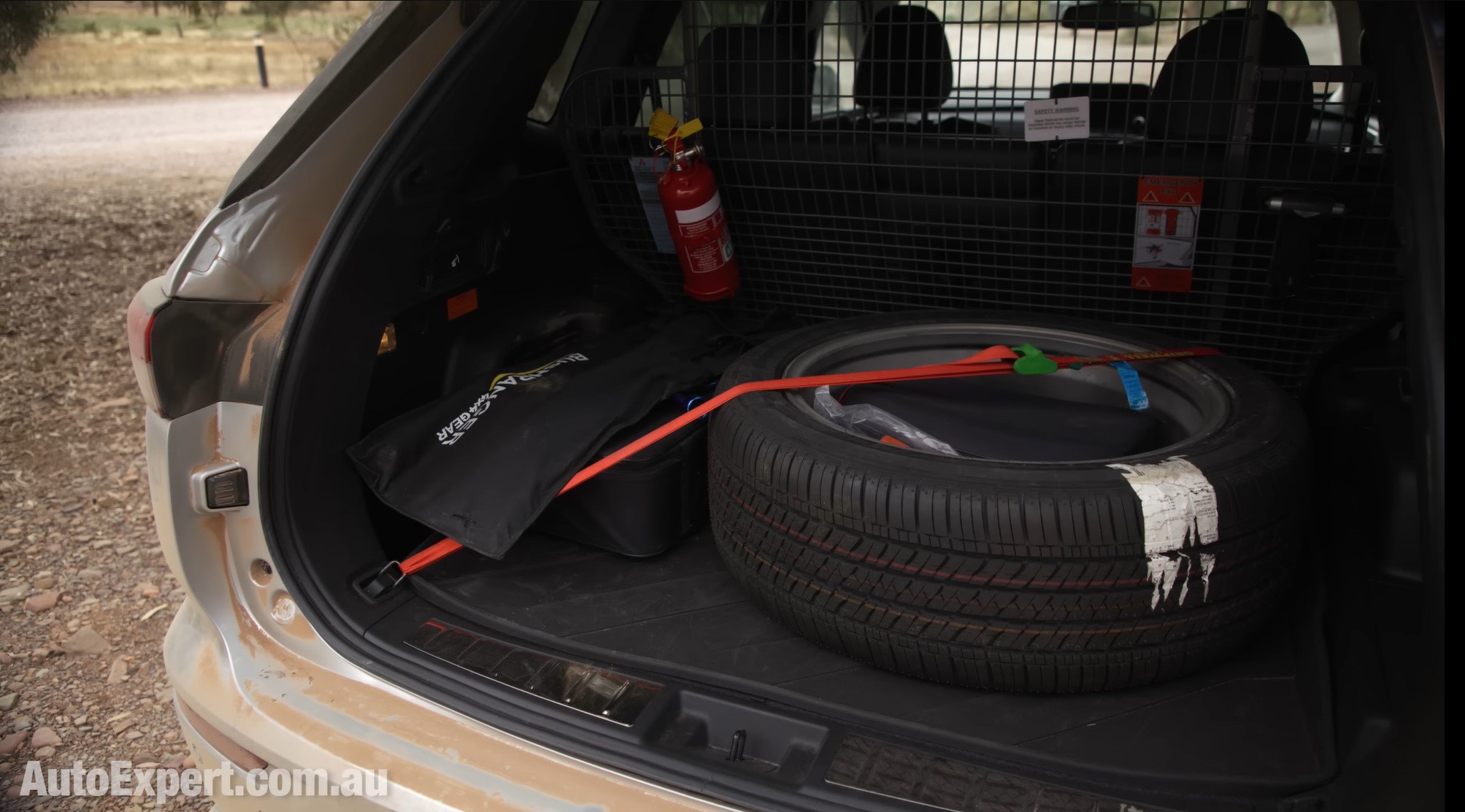
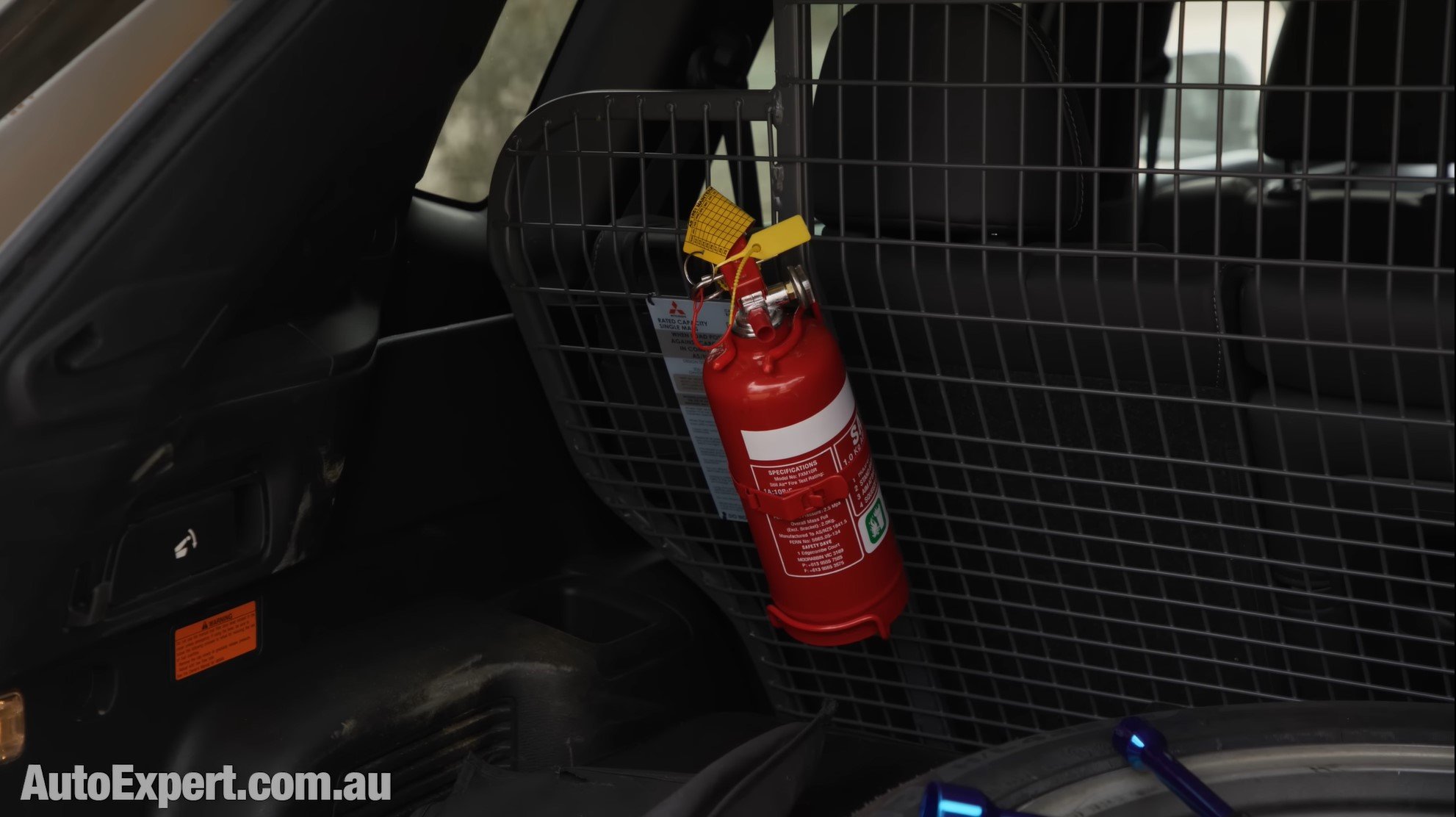
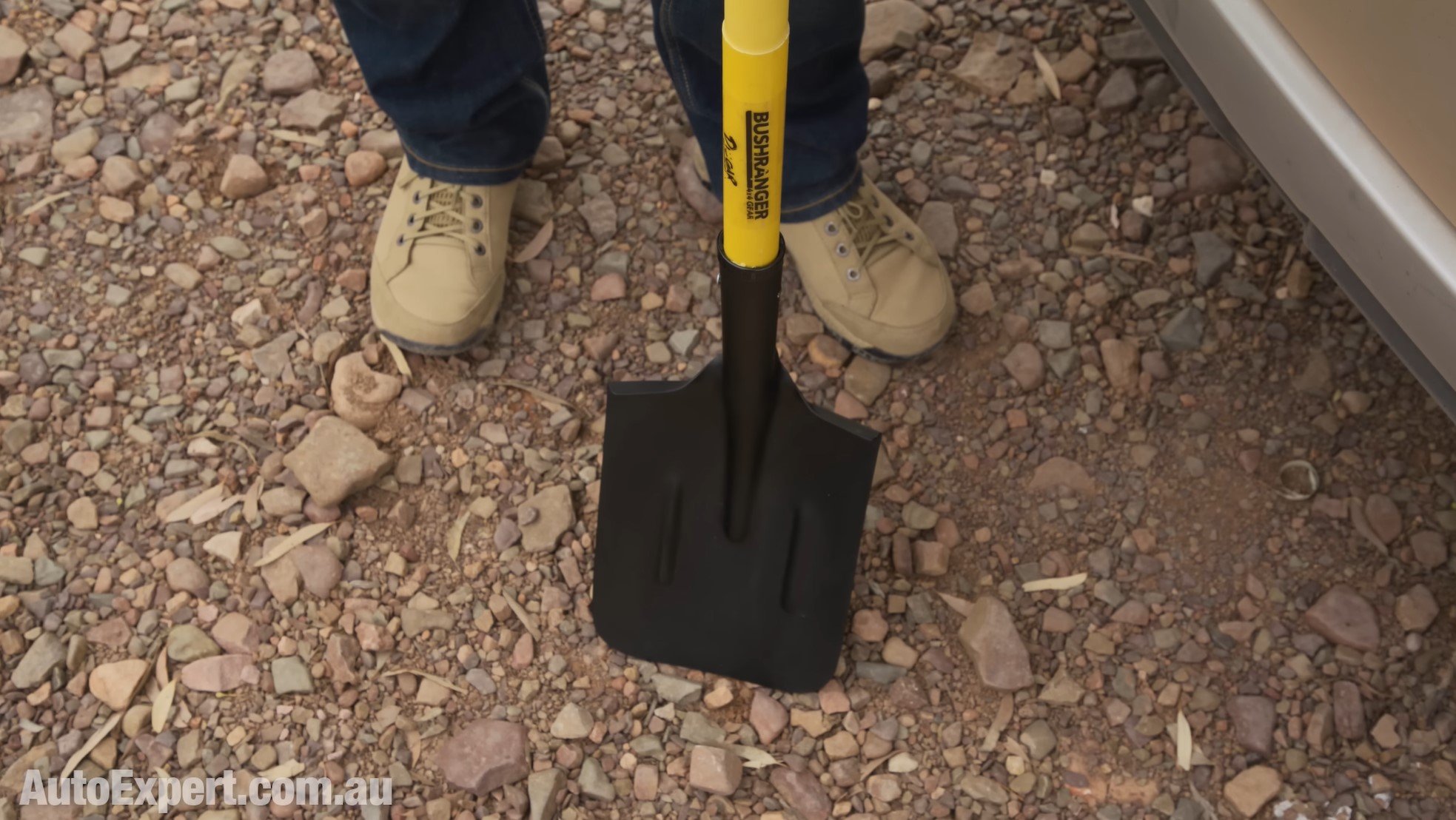

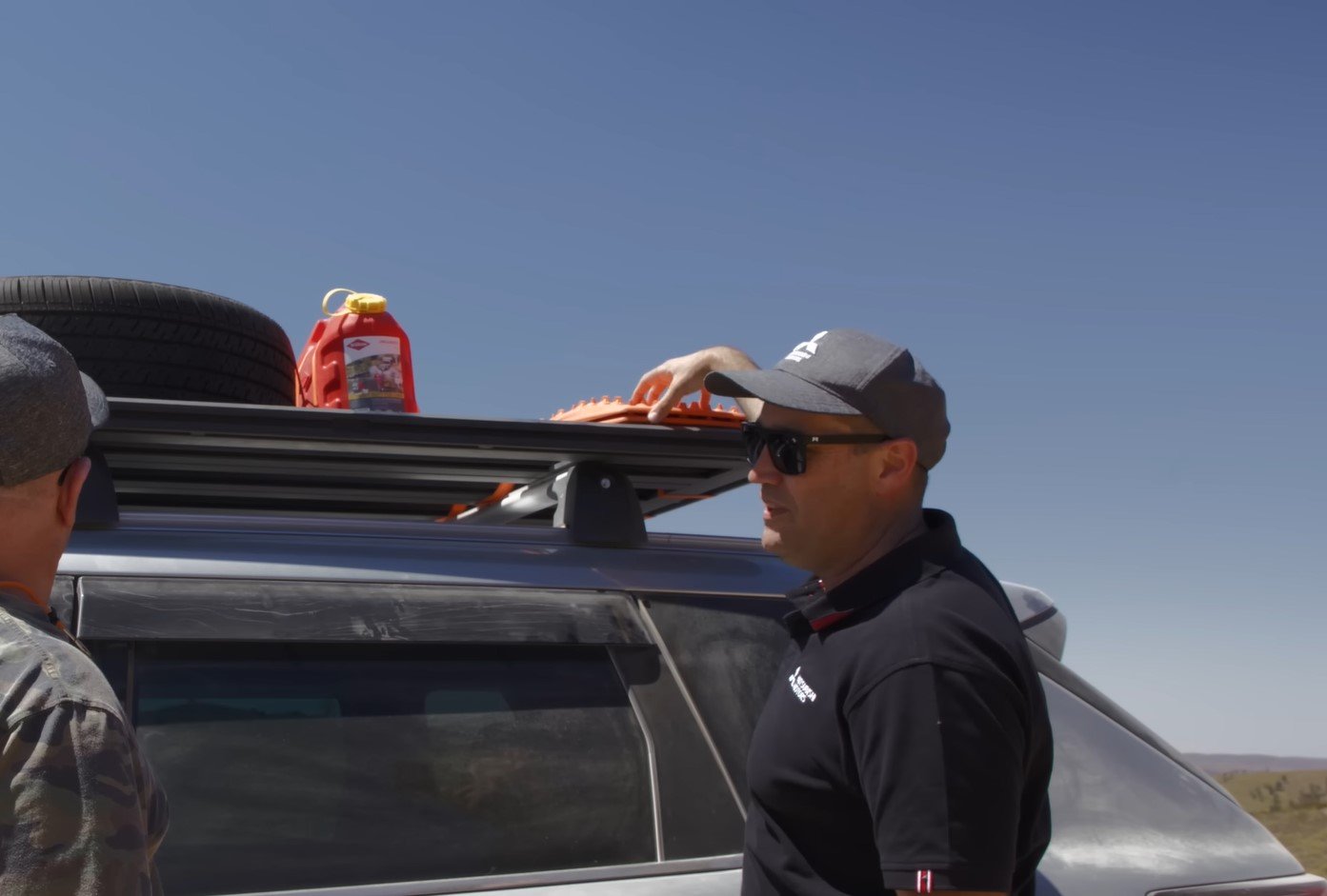



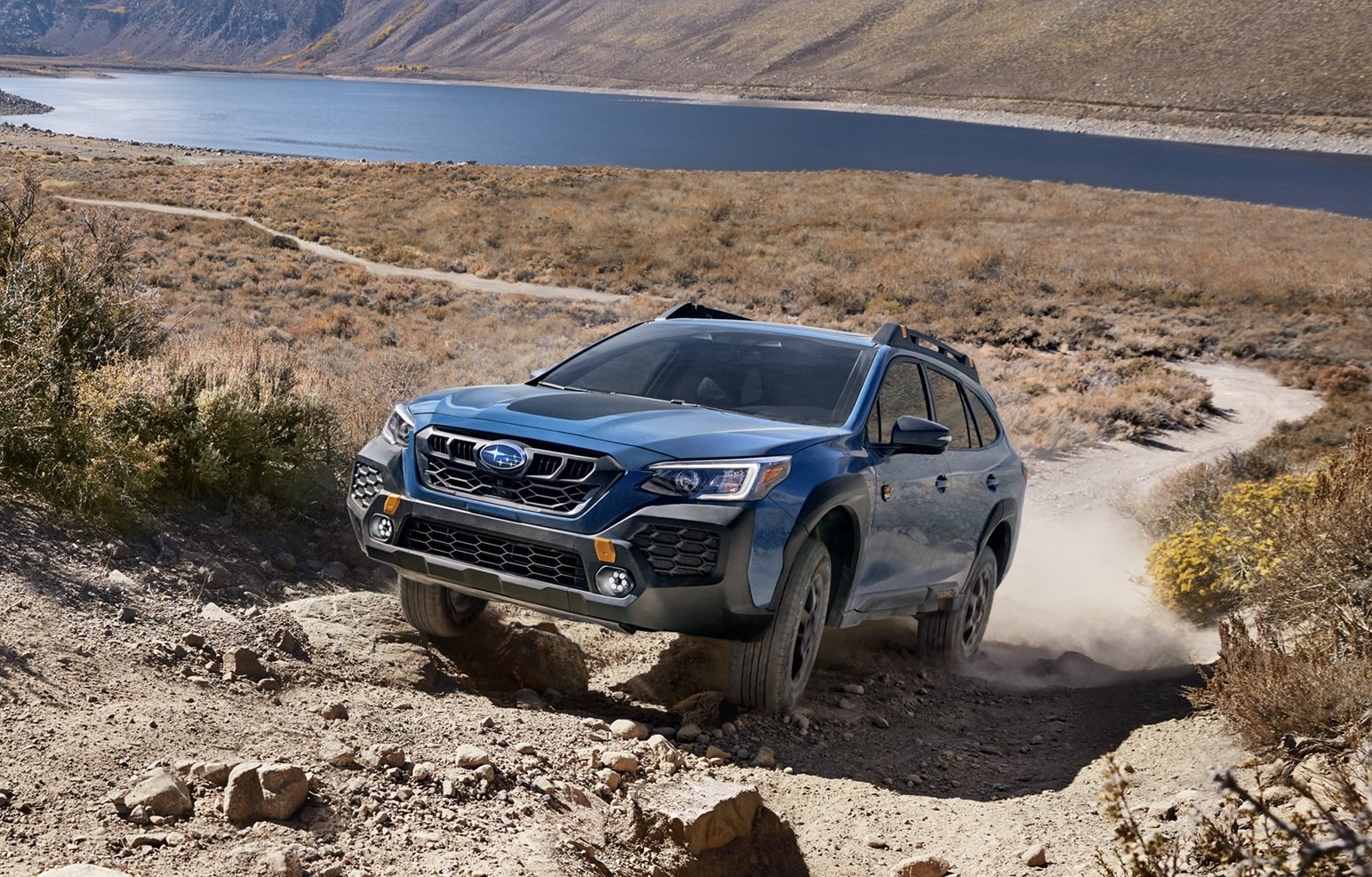
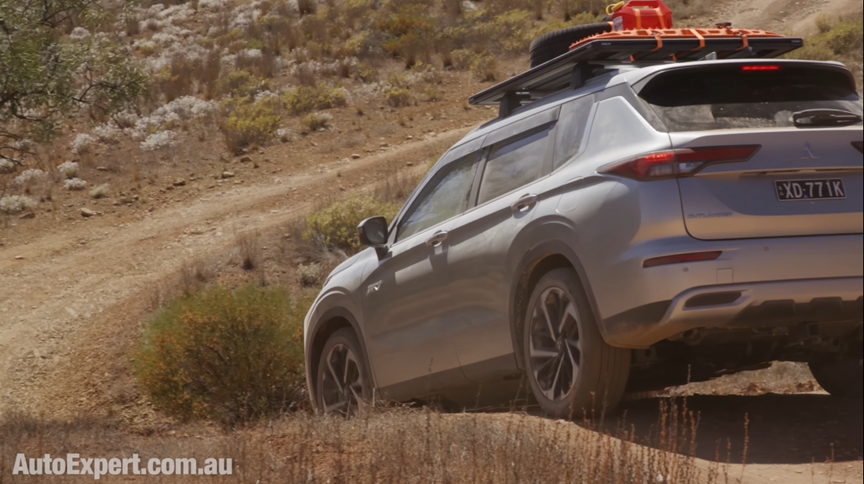


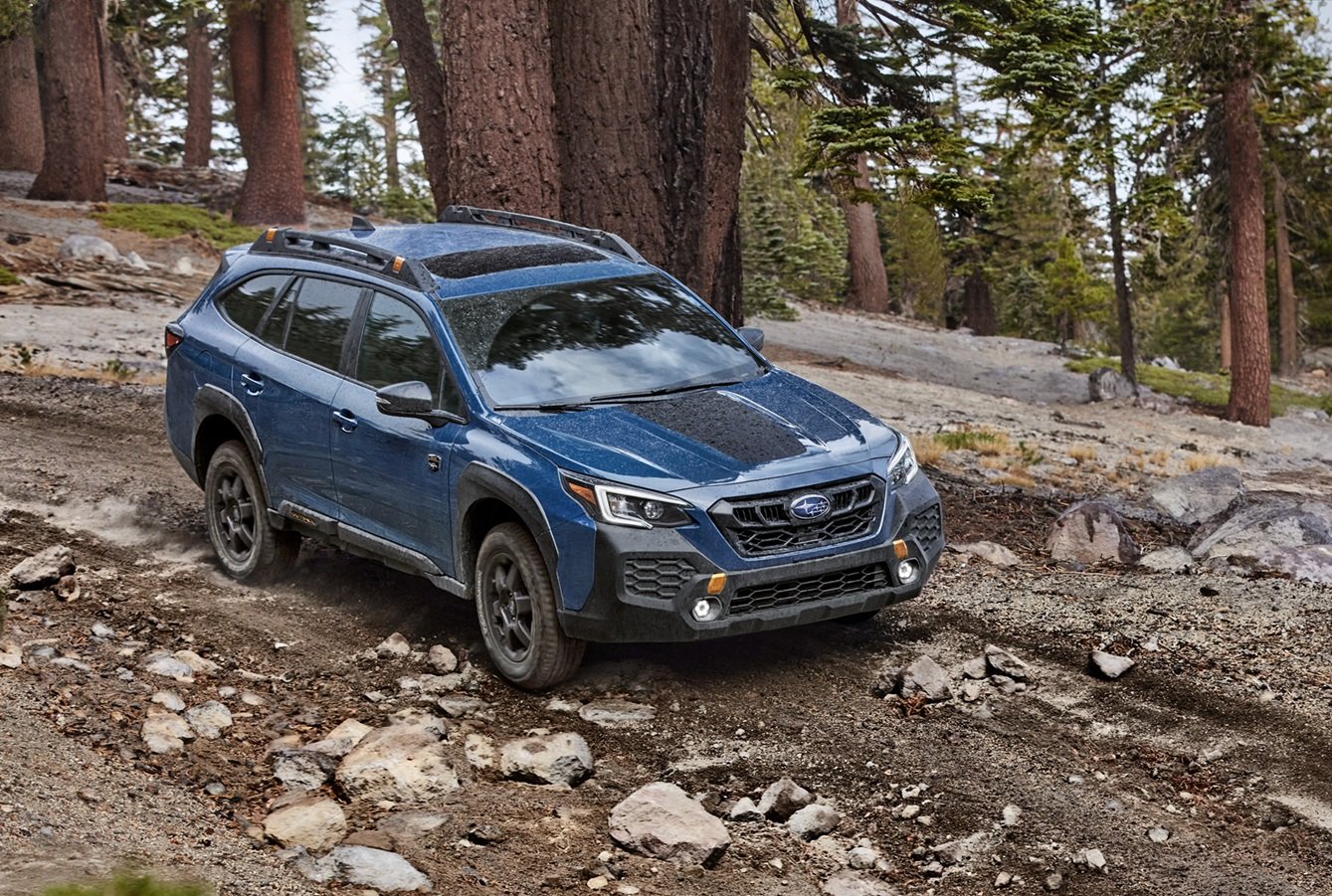









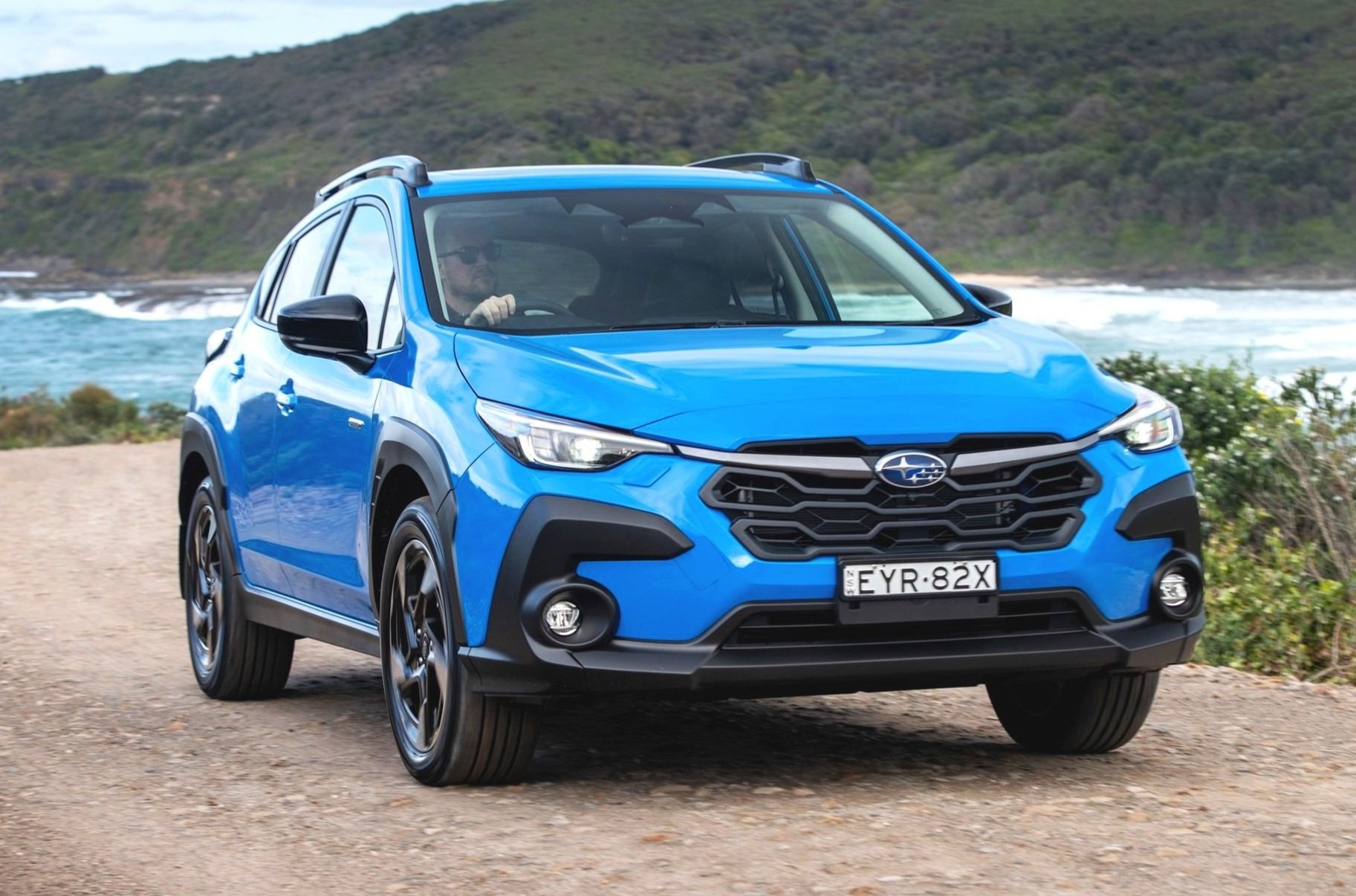
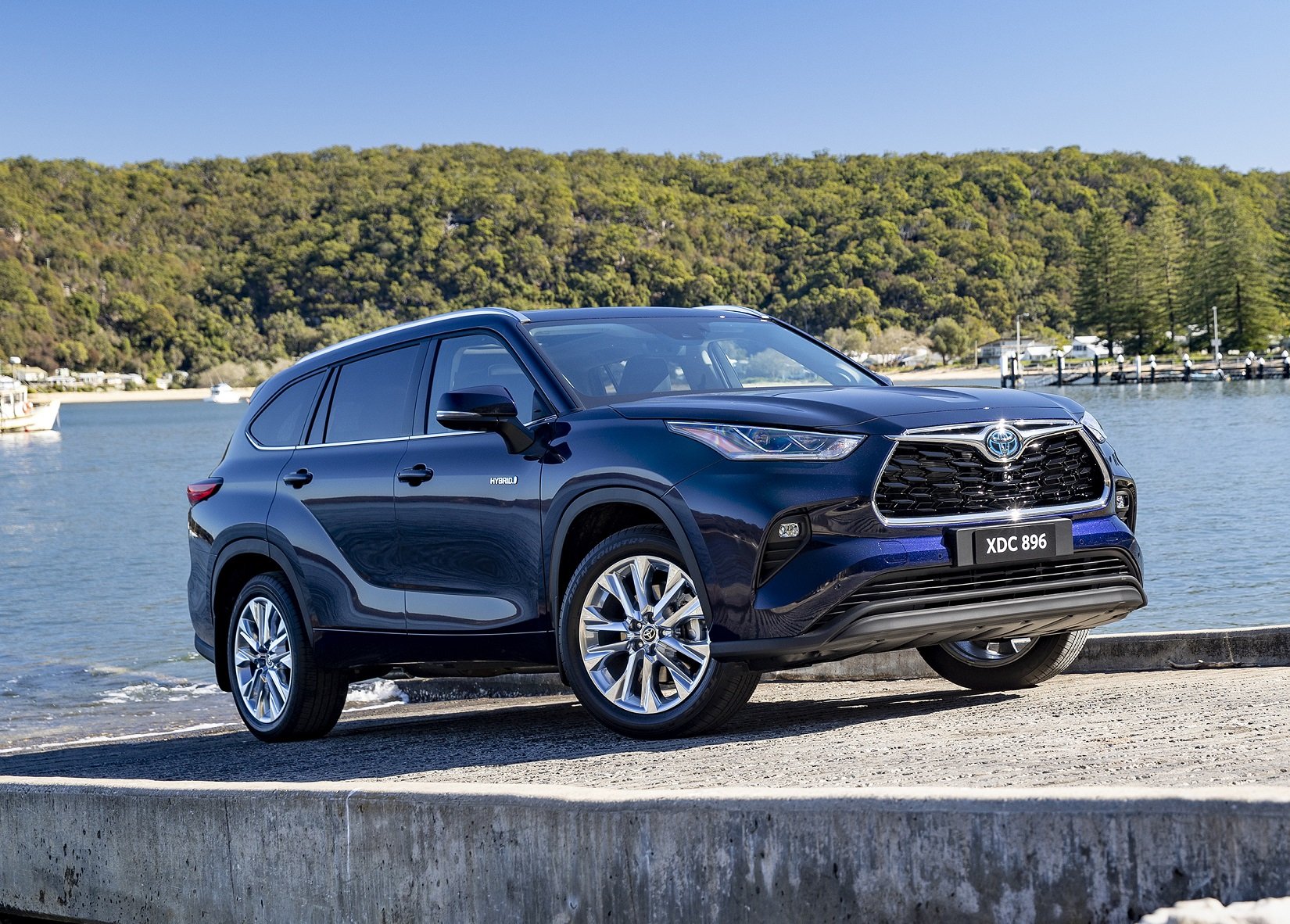
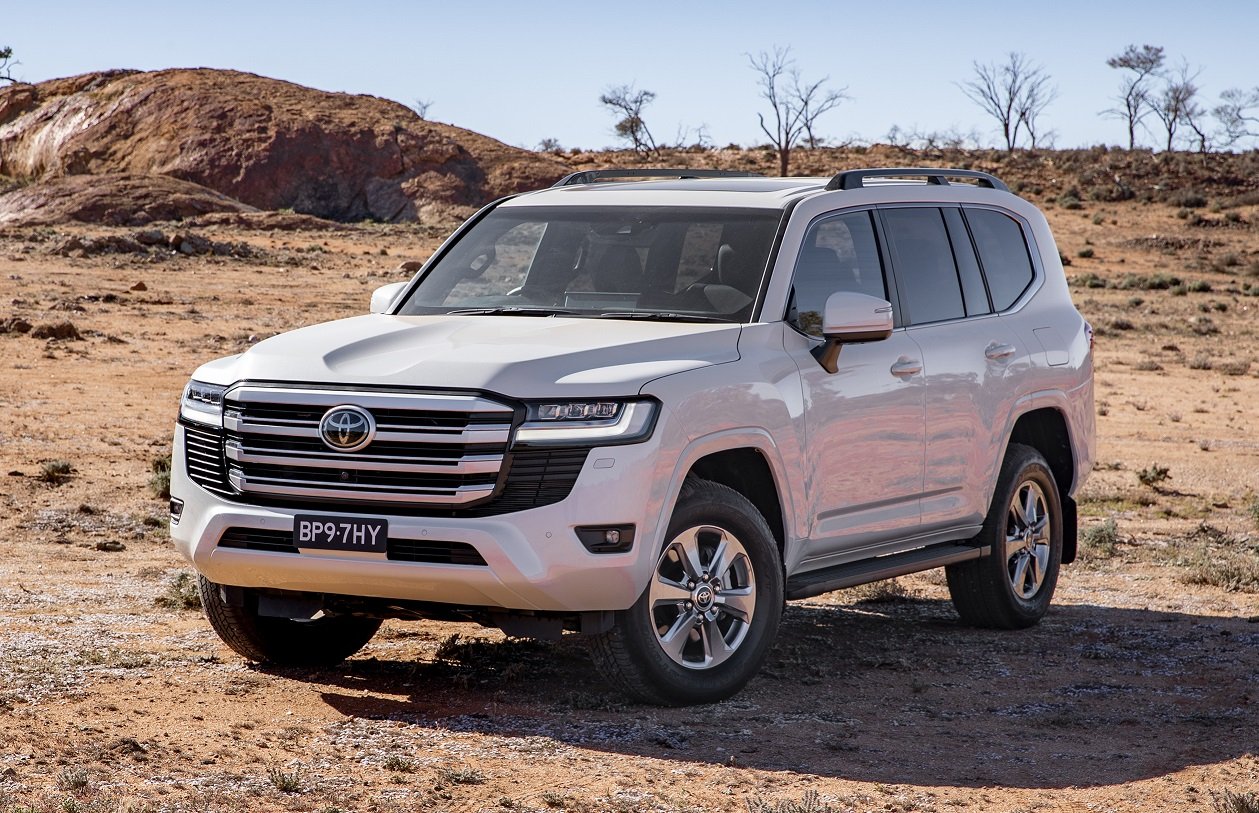



If you want one of the best driving, most luxurious and surprisingly capable five-seat SUVs in the market, don’t shop with the elite rip-off brands…